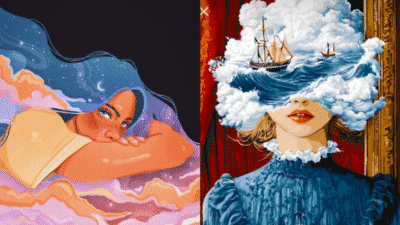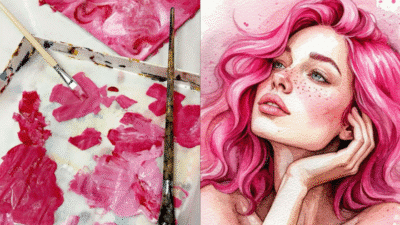Drawing clothes can be a fun way to bring characters and designs to life. Whether someone wants to create stylish outfits or practice sketching different fabrics, having fresh ideas helps keep the process exciting and creative. The best clothes drawing ideas mix simple shapes, interesting textures, and thoughtful details to make each piece unique.
Many artists find it helpful to start with basic sketch templates or croquis to quickly test their designs. From there, trying different styles like monochrome looks, fun prints, or using colored pencils adds personality to the drawings. Exploring various clothing types like jackets, dresses, or pants also helps improve skills and keeps the work diverse.
With so many ways to draw clothes, anyone can find something that matches their style and level. These ideas inspire creativity without needing complex tools or techniques. The key is to experiment and enjoy the process of turning simple lines into fashionable sketches.
Getting Started With Clothes Drawing
Drawing clothes needs the right tools, a clear idea of shapes, and an understanding of how fabric folds and moves. Focusing on these points will help create more realistic and interesting clothing drawings.
Essential Drawing Materials
Having good materials can make a big difference. A set of pencils with different hardness levels is useful: softer pencils (like 2B or 4B) for shading, and harder ones (like HB or 2H) for outlines.
Using smooth paper helps with clean lines. An eraser, especially a kneaded one, allows gentle correction without damaging the paper.
A blending stump or tissue can soften shadows and create smooth fabric textures. Optional tools include fine liners for sharp details and colored pencils or markers if adding color.
Simple tools help focus on skill rather than fighting with materials.
Basics of Drawing Clothing Shapes
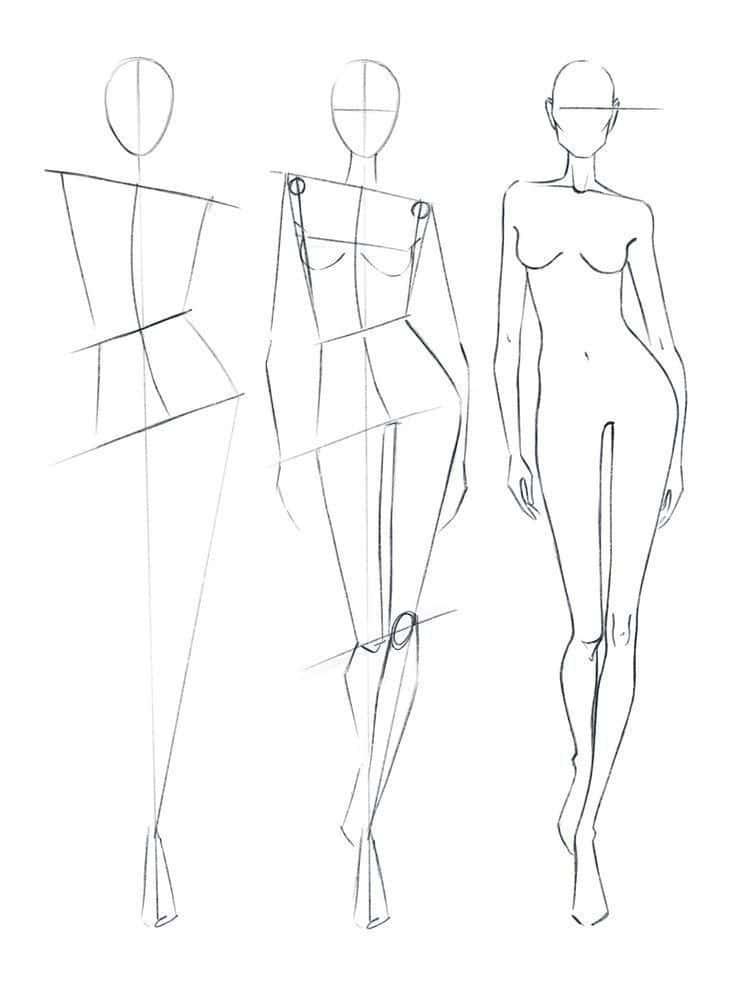
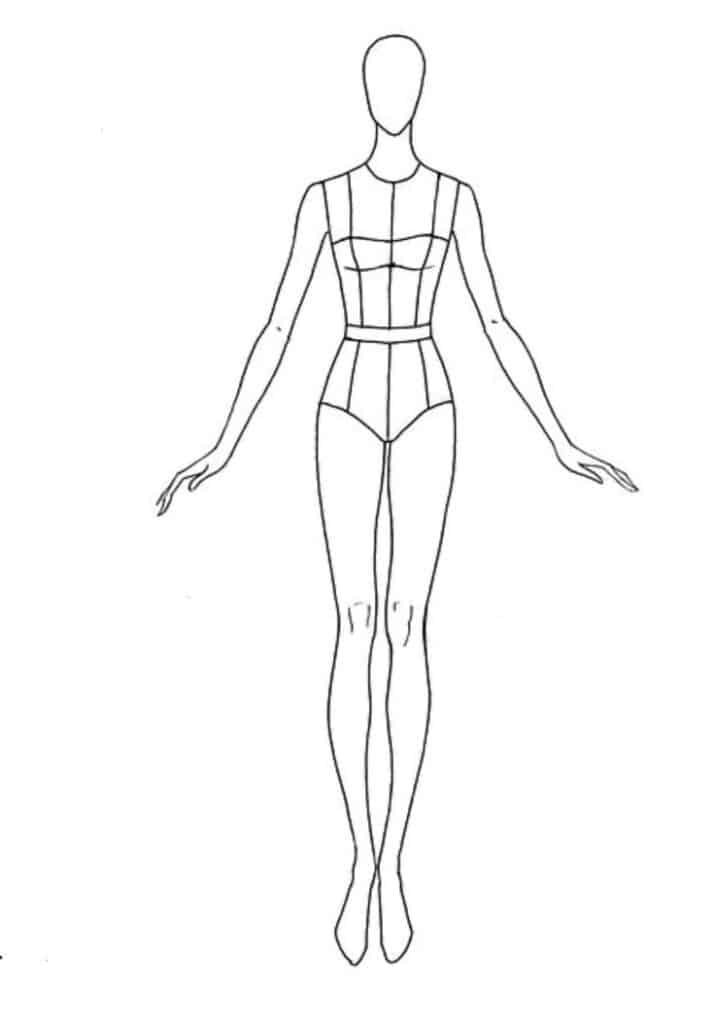
Clothing designs start with simple shapes. It is best to draw the body or mannequin shape first to get the clothes’ fit right.
He or she should observe the general shape the garment creates on the body: sleeves, collars, and hems. Lines should flow with the body’s form to look natural.
Starting with loose, basic forms prevents mistakes early. Shapes like rectangles, triangles, or soft curves make it easier to plan details later.
Drawing clothes on basic figures helps keep size and proportions accurate, making the outfit believable.
Understanding Fabric Folds
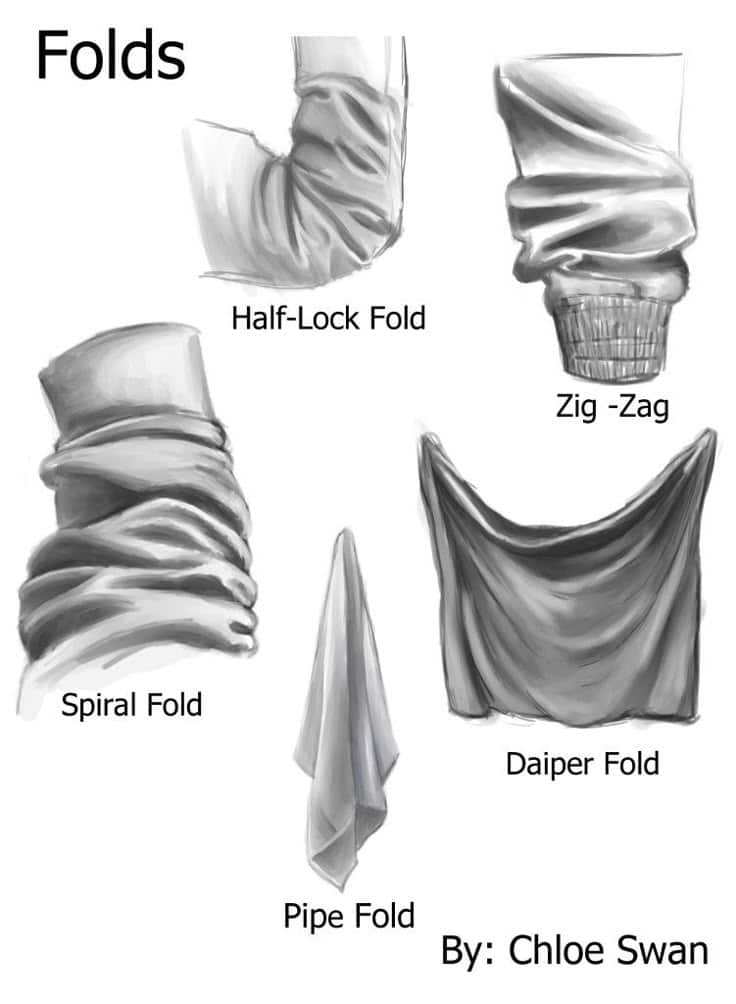
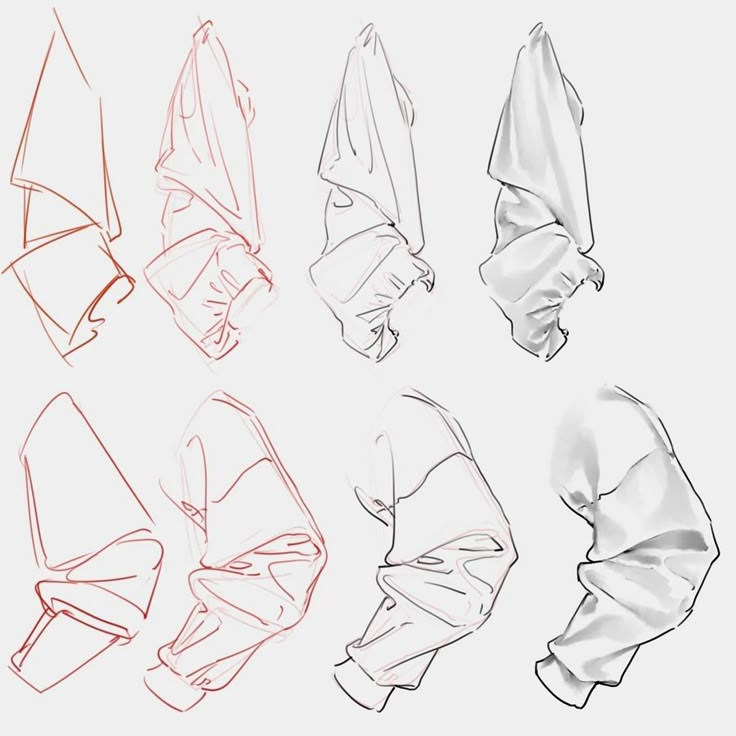
Fabric folds show how clothes bend, twist, or hang due to movement and gravity.
There are common types of folds: pinch folds, where fabric is pulled tight; drop folds, caused by hanging clothes; and wrinkles, which form with motion or bending.
Recognizing resting points on fabric where it folds can guide the drawing. Gravity affects how clothes fall, making some areas look heavier or stretched.
Shadows and highlights help show depth in folds. Accurate fold drawing adds realism and liveliness to the outfit.
Inspiring Clothing Item Ideas
Many clothing items offer unique shapes, details, and styles that can spark fresh drawing ideas. Using different fabrics, patterns, and accessories can make each piece look special and interesting.
T-Shirts and Tops
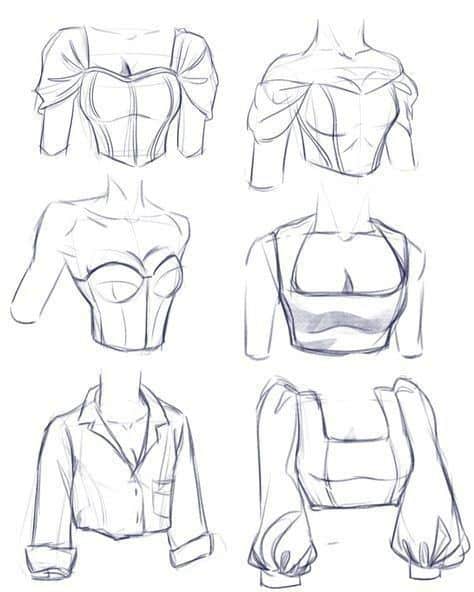

T-shirts and tops can have many simple or complex designs. Plain tees with bold colors work well, but adding prints like stripes, florals, or polka dots can make an outfit pop. He or she might try drawing different necklines such as crew neck, V-neck, or scoop neck.
Details like ruffles, lace trims, or buttons can bring a top to life. Sleeves vary too—think about long, short, puffed, or sleeveless. These choices let the character’s style shine, whether casual or a bit fancy.
Dresses and Skirts

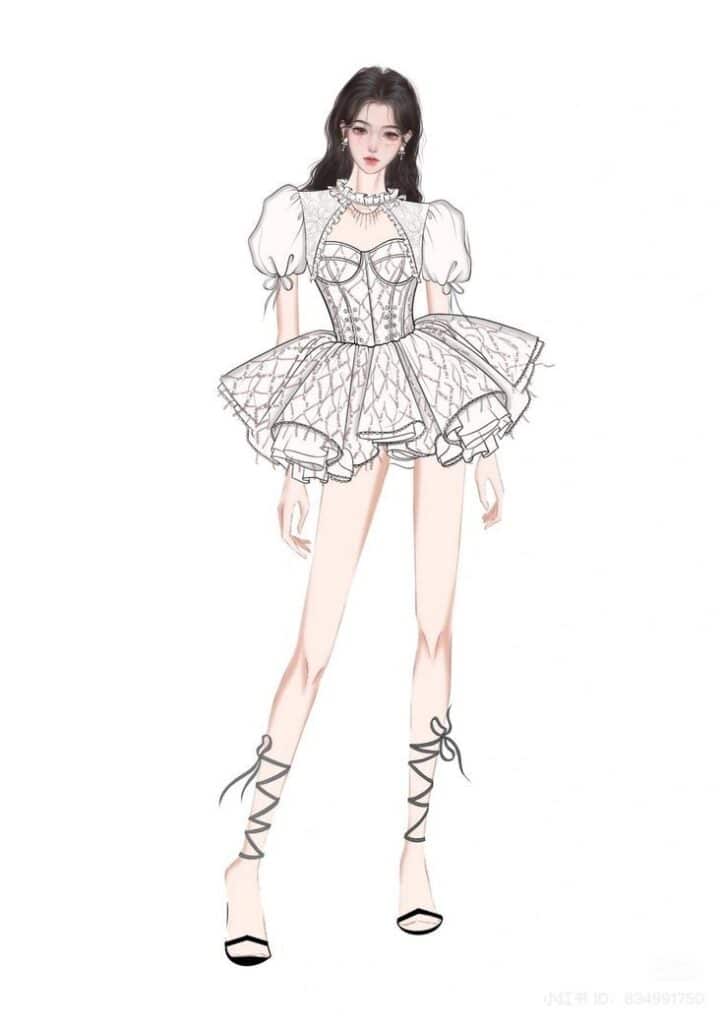
Dresses and skirts offer a wide range of shapes and styles to explore. She could sketch simple A-line dresses or flowy midi skirts. Adding layers like ruffles or pleats gives texture and movement.
Think about collars, waistlines, and hems for unique touches. A high-waisted skirt paired with a tucked-in top can look neat, while a dress with buttons down the front adds detail. Patterns like florals or polka dots often suit these items well.
Jackets and Coats
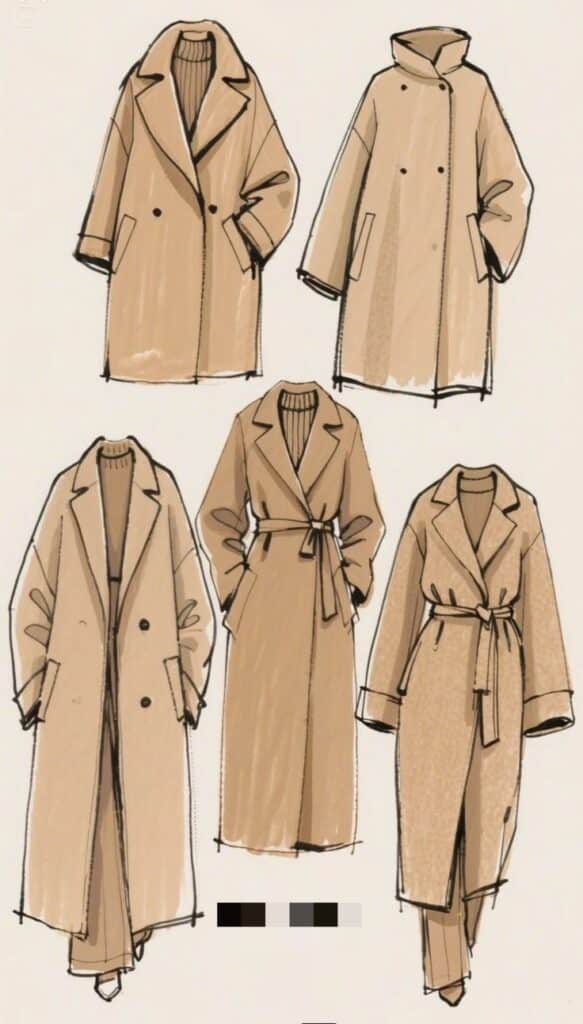

Jackets and coats are perfect for showing structure and warmth. Drawing different types such as denim jackets, trench coats, or parkas introduces variety. Look closely at collar shapes, lapels, and pockets—they change the whole look.
Buttons, zippers, and seams offer extra lines and texture. Layering a jacket over clothes also allows blending different styles. For winter scenes, fur-lined or padded coats add bulk and coziness.
Pants and Shorts
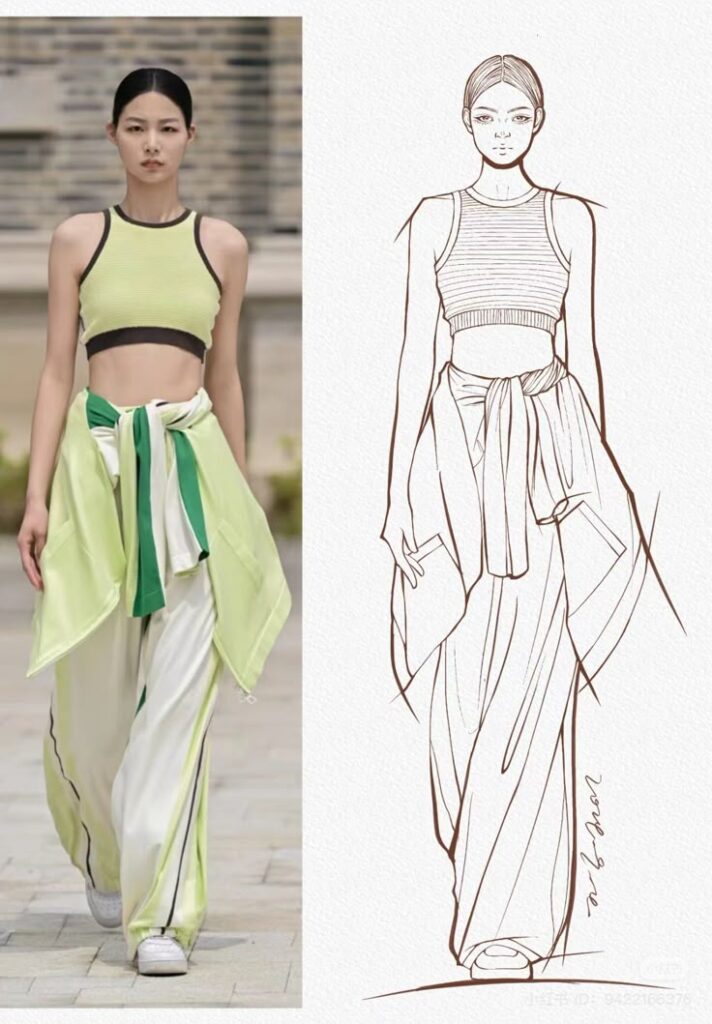
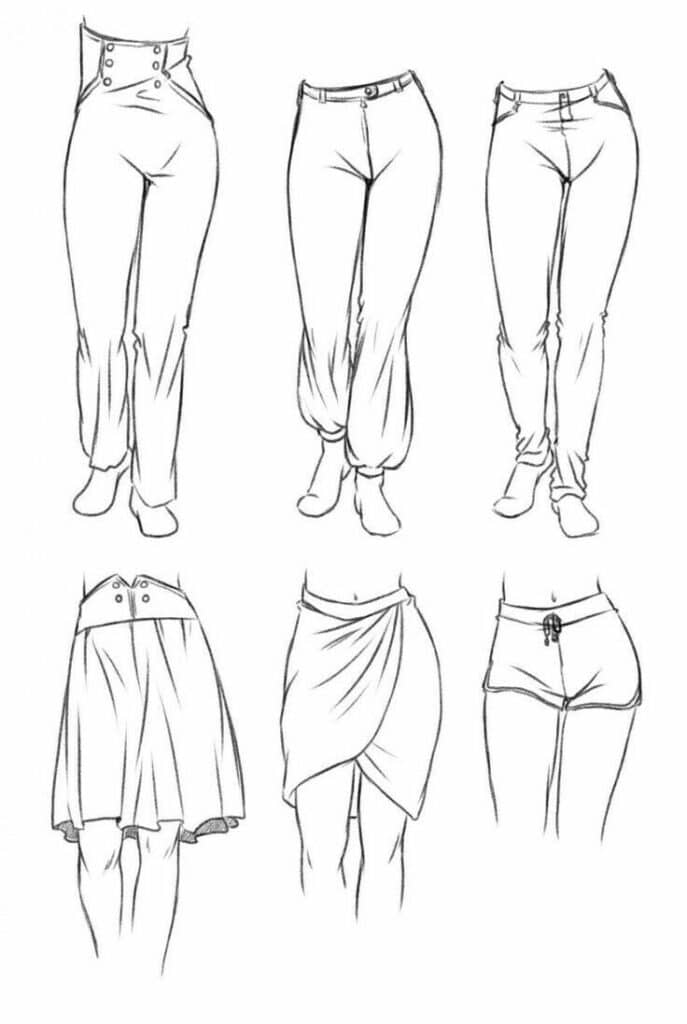
Pants and shorts come in many fits and lengths. Wide-leg pants and skinny jeans show contrast, while shorts might be casual or tailored. Details like folds, pockets, and stitching help make them realistic.
Different waistlines like low-rise or high-waisted change the silhouette. She might add belts or cuffs to emphasize style. Playing with fabric types, such as denim or linen, can also affect the outfit’s feel.
Creating Outfits and Wardrobe Concepts
Outfit creation involves combining different clothing pieces, textures, and colors to develop clear ideas. It also means thinking about when and where these clothes would be worn, plus balancing comfort with style.
Mixing and Matching Styles


Mixing styles helps artists create unique looks. Combining casual pieces with formal ones, or adding vintage items to modern outfits, can add interest. For example, pairing a leather jacket with a floral dress creates contrast and depth.
Colors and patterns also play a big role. Using complementary or contrasting colors helps outfits stand out. Accessories like hats or scarves add personality and complete a look.
Experimenting with styles encourages creativity. It helps artists understand how different elements work together, which builds confidence in designing outfits for different characters or themes.
Seasonal Outfit Sketches
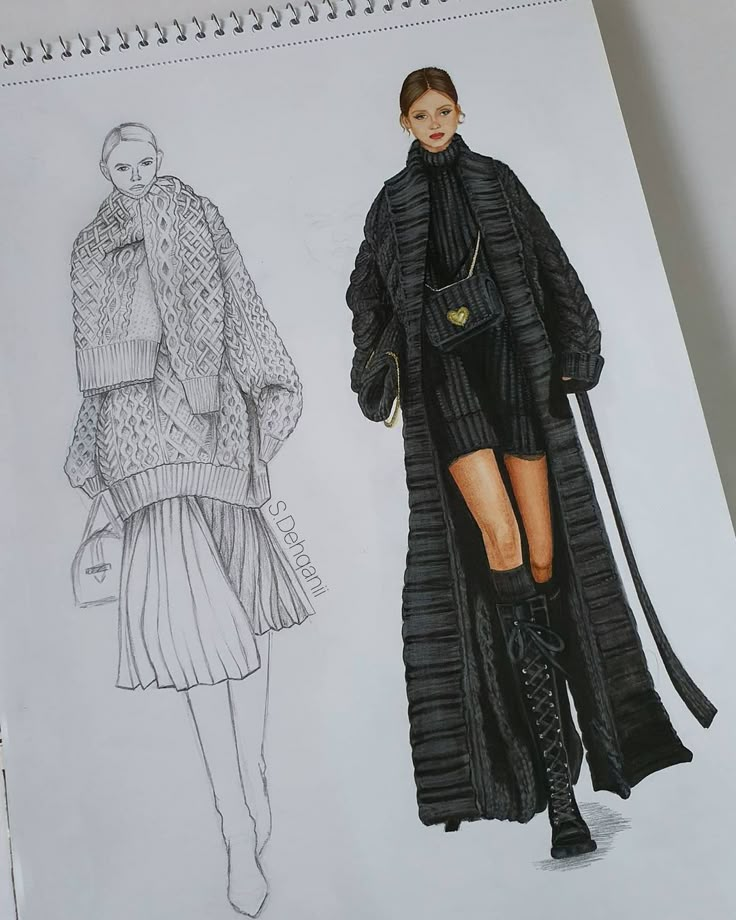
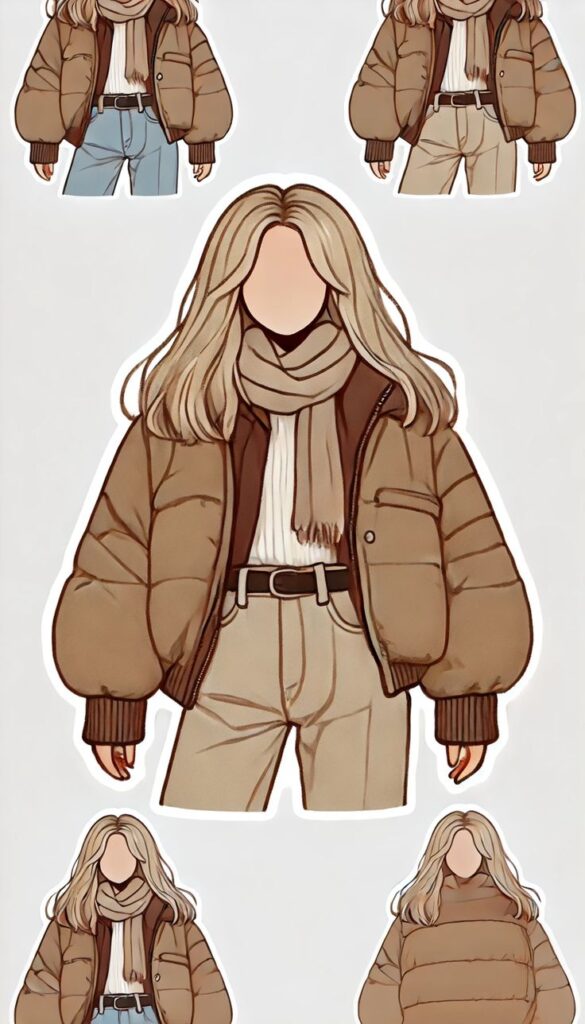
Drawing clothes for different seasons sharpens an artist’s skills. Winter sketches might include bulky coats, scarves, and boots, while summer outfits focus on light fabrics and shorts.
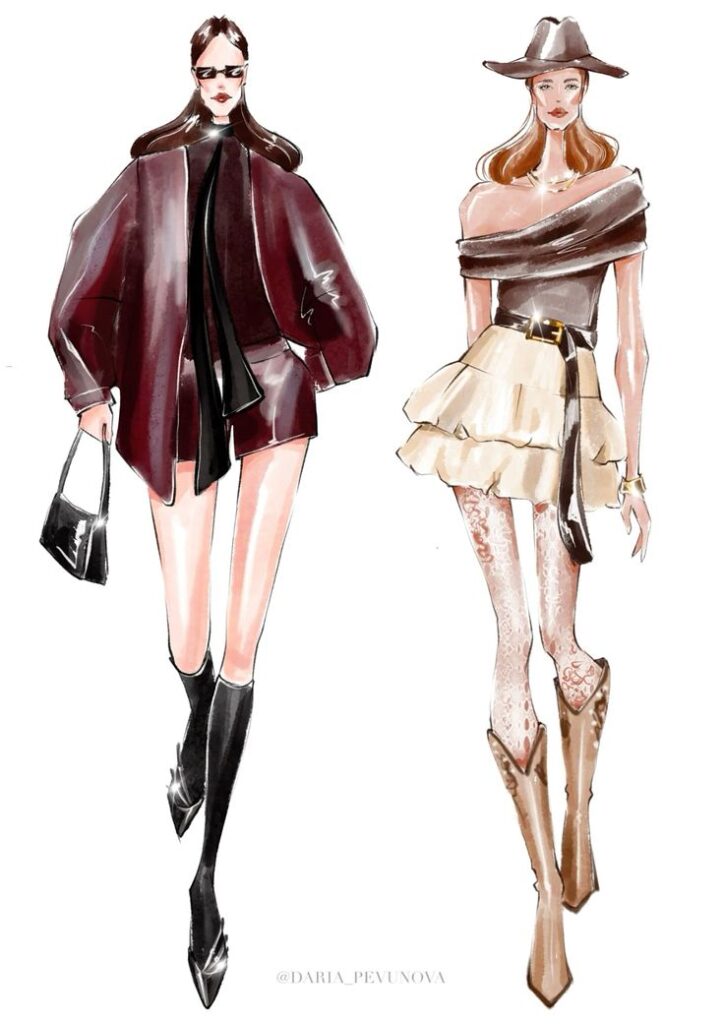
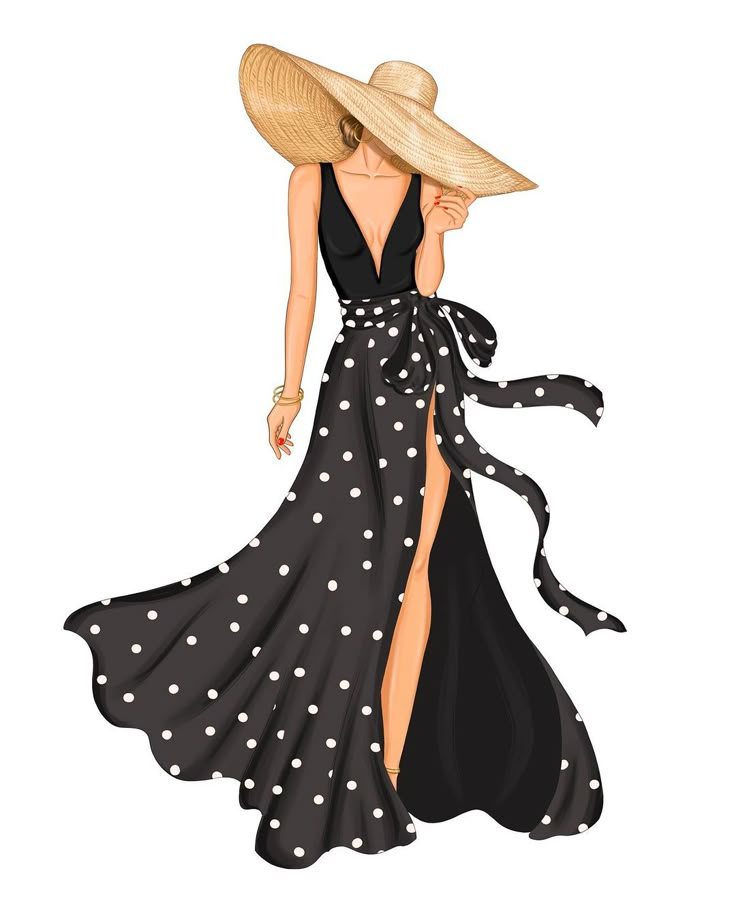
Details change with seasons. For fall, artists might use warmer tones and layers like sweaters or jackets. In contrast, spring drawings use bright colors and flowy materials.
This practice also helps plan wardrobes realistically. Considering weather and comfort along with appearance gives designs a practical feel and makes them believable.
Casual Versus Formal Looks
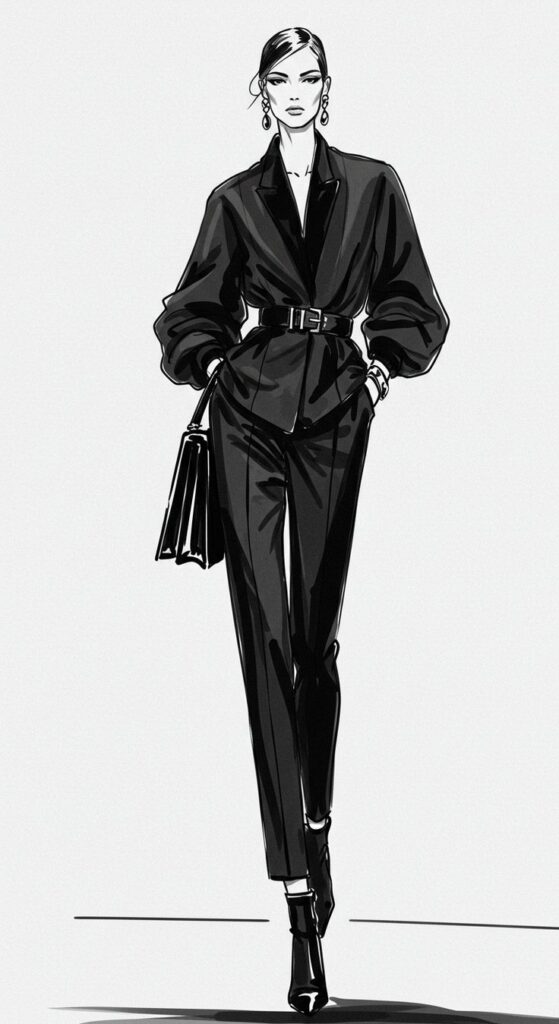
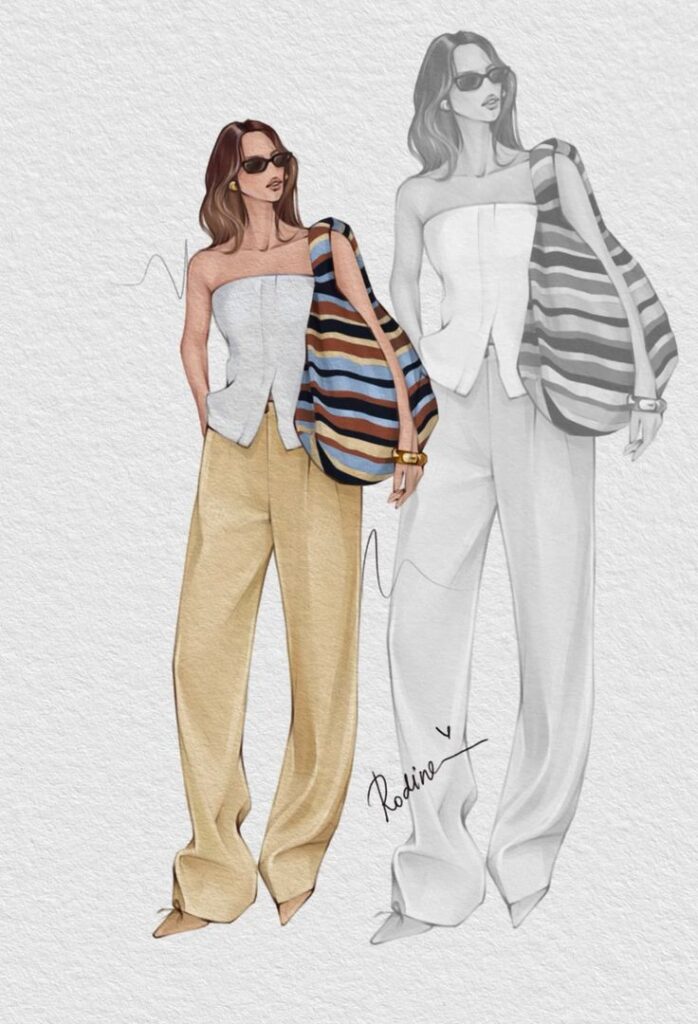
Casual outfits usually involve simple, comfortable clothing such as t-shirts, jeans, or sneakers. These sketches focus on ease of movement and everyday wear.
Formal wear requires attention to structure and detail. Long dresses, suits, and fine fabrics like silk or velvet often appear in these sketches. Small touches like pleats, buttons, and folds make outfits look polished.
Understanding the difference between casual and formal helps in designing suitable clothes for various occasions. It teaches how fabrics and cuts change the mood of an outfit and affects the wearer’s presentation.
Adding Style and Detail to Clothes Art
Detail and style bring clothes drawings to life. Using patterns, textures, and accessories adds interest and personality. Layering helps show depth and realism in fabric and design.
Patterns and Textures
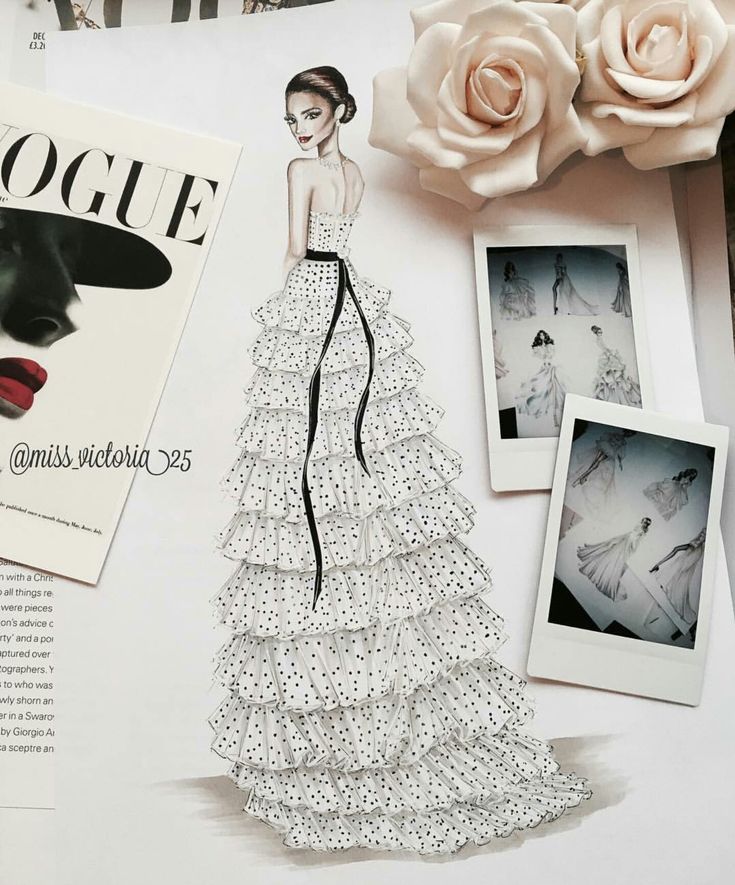
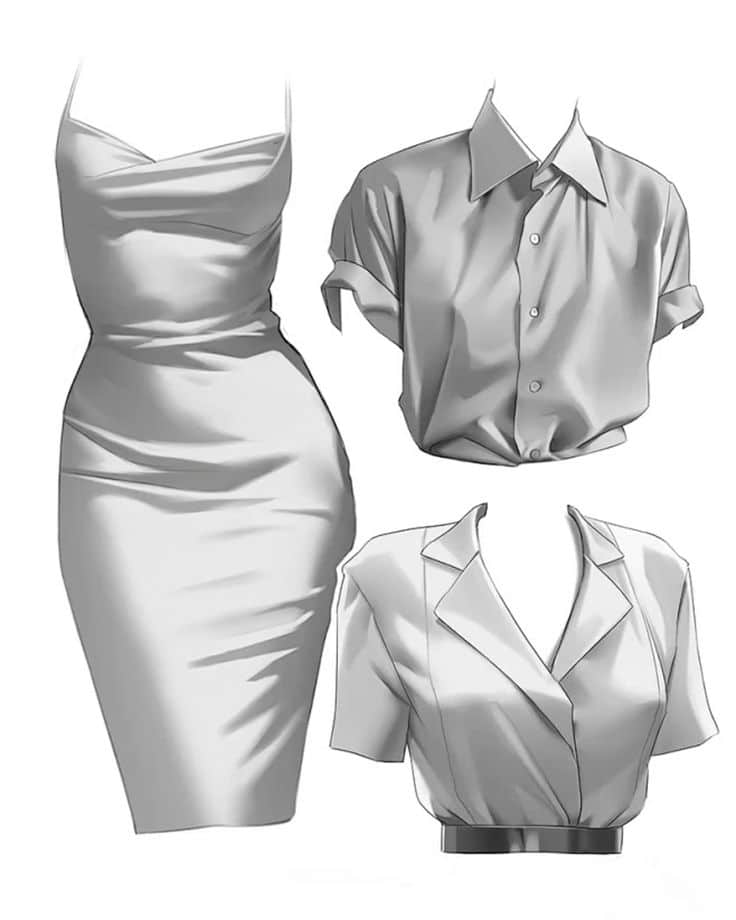
Patterns can change how a garment feels and looks. Simple stripes or polka dots add charm, while complex prints like florals or plaids create more character.
Textures show the fabric type. For example, rough wool looks different from smooth silk. Using shading and small strokes can mimic texture. Artists often work on separate layers for patterns to tweak them easily without affecting the whole drawing.
Details like seams, stitches, or folds also add texture. These small touches make clothes appear more realistic and believable.
Accessories and Embellishments
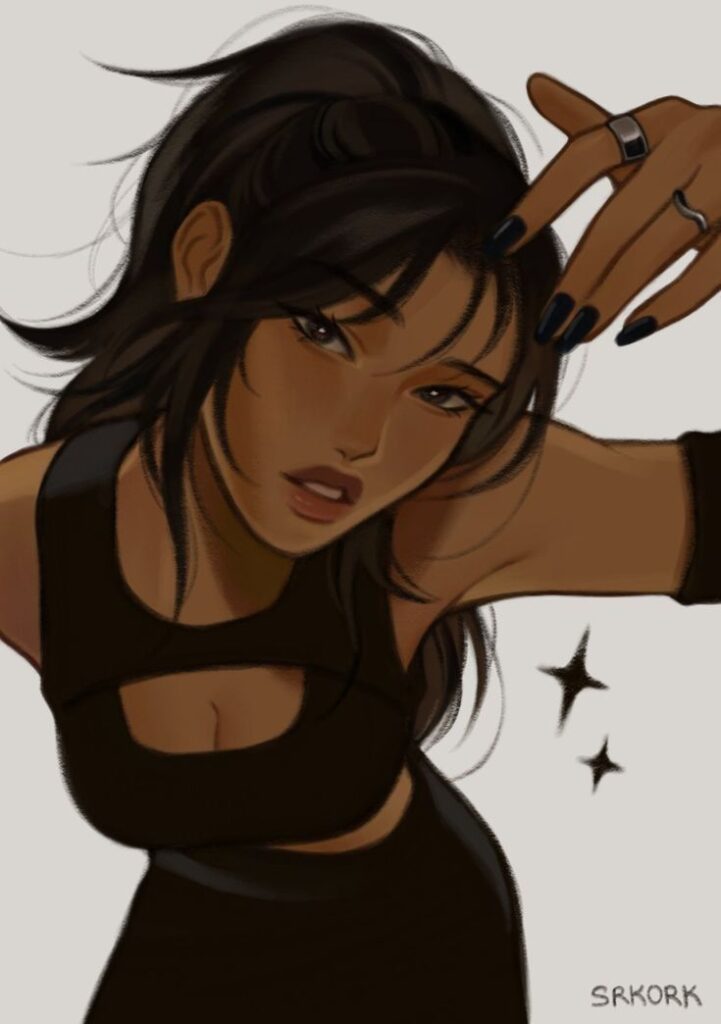
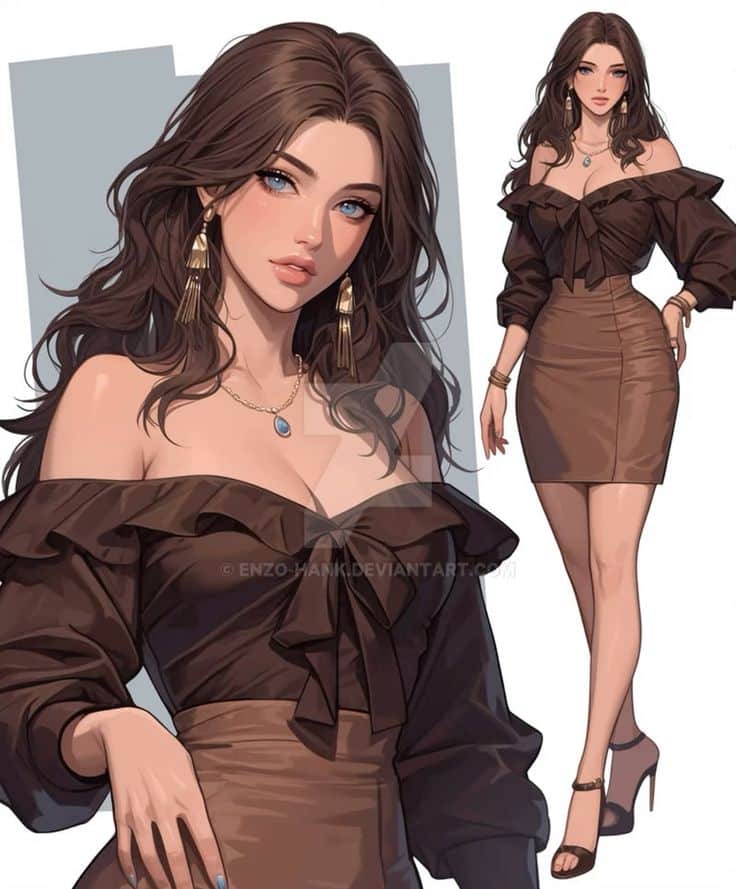
Adding accessories gives clothes personality. Buttons, zippers, belts, and jewelry can all change the style. Small details like embroidery or studs add flair.
It helps to think about where these items sit on the body and how they interact with the clothing. Accessories should feel natural, not stuck on. Using highlights and shadows makes metal or shiny materials look real.
Even little things, like the way a scarf falls or a hat covers hair, add to the overall design and mood of the outfit.
Layering Techniques
Layering shows how garments sit on the body and gives depth. For example, a jacket over a shirt or a scarf on a dress creates natural overlap.
Artists often start with a base layer for the main clothing shape. Then they add separate layers for shadows, folds, and patterns. This way, it is easier to adjust parts without redoing all the work.
Using layers also helps when adding designs or textures. It keeps the drawing organized and allows for experimenting with colors and effects without losing the original shape.
Exploring Unique Clothes Drawing Ideas
Drawing clothes can be more interesting by trying different themes and styles. Focusing on specific types of attire helps artists add detail, personality, and story to their sketches. Some ideas include imaginative costumes, historical outfits, and clothing inspired by cultures around the world.
Fantasy and Cosplay Attire
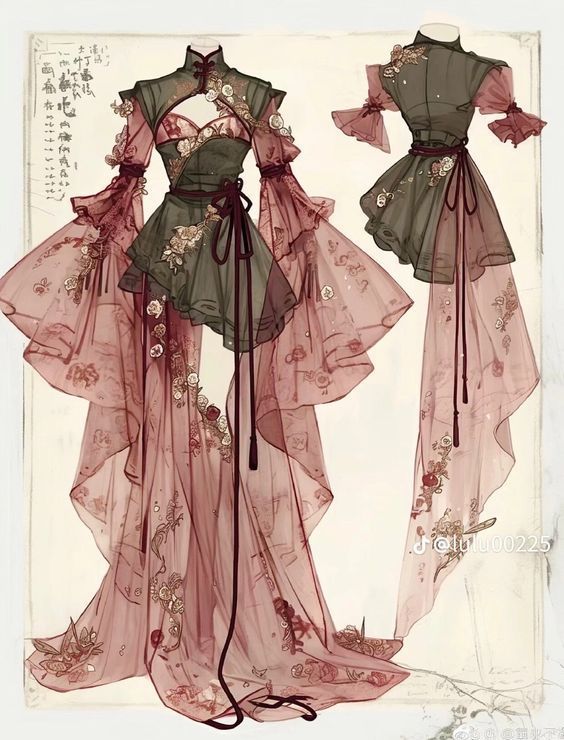
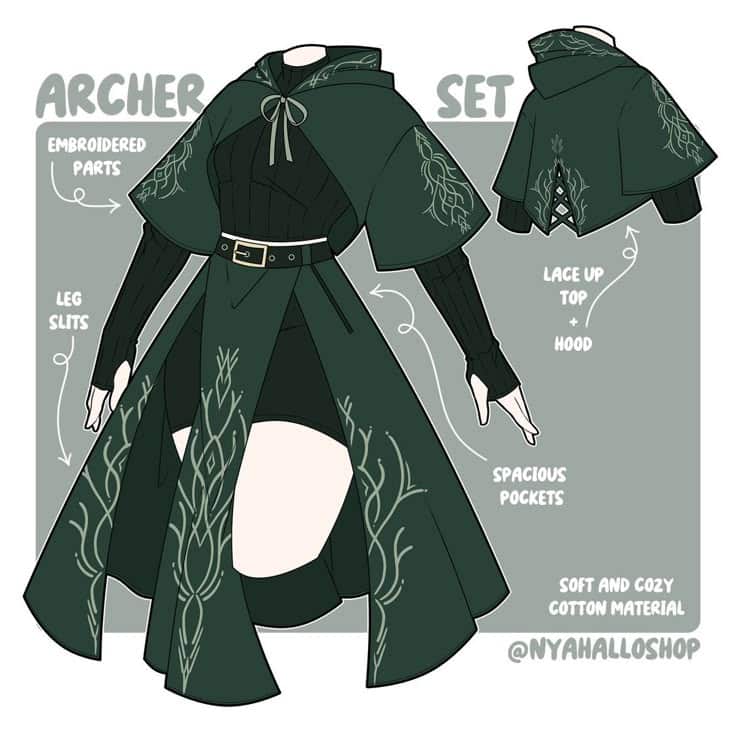
Fantasy and cosplay clothes let artists explore bold, creative designs. This style often includes unusual shapes, bright colors, and details like armor, capes, or magical accessories. These drawings give a chance to mix realistic elements with imagination.

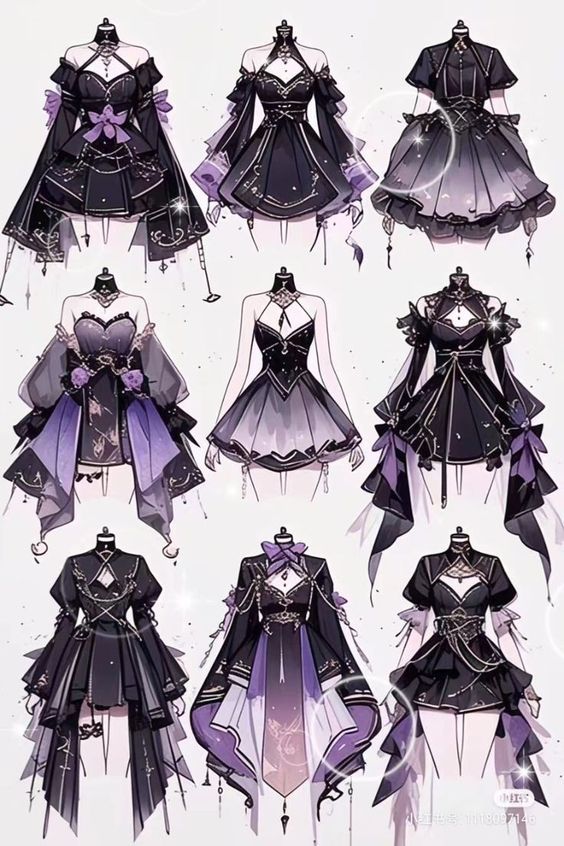
Designing cosplay outfits involves thinking about materials and textures like leather, metal, or fabric. Artists can use reference photos of popular characters or invent their own, combining different fantasy ideas. This style builds skills in detail and brings exciting stories to life in drawings.
Historical Fashion Inspiration
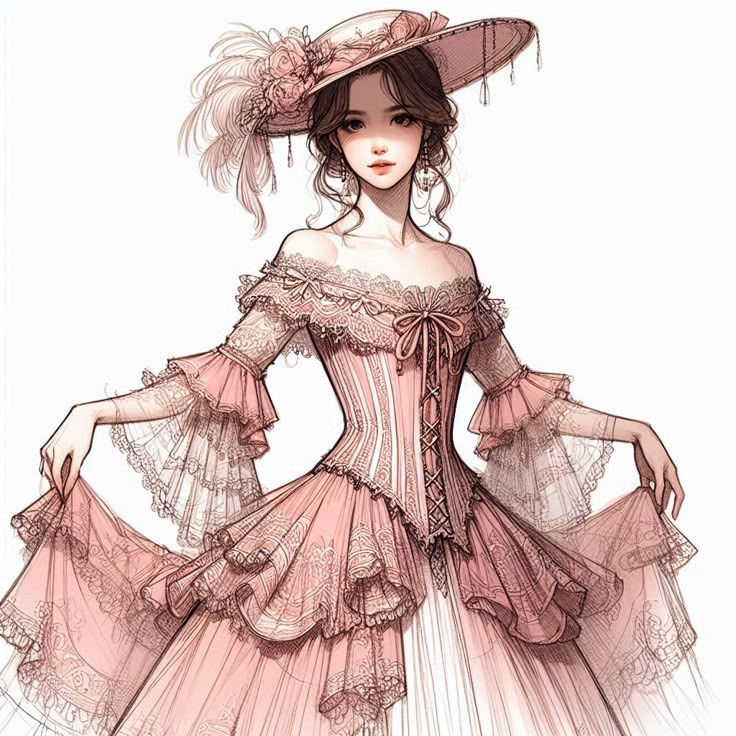
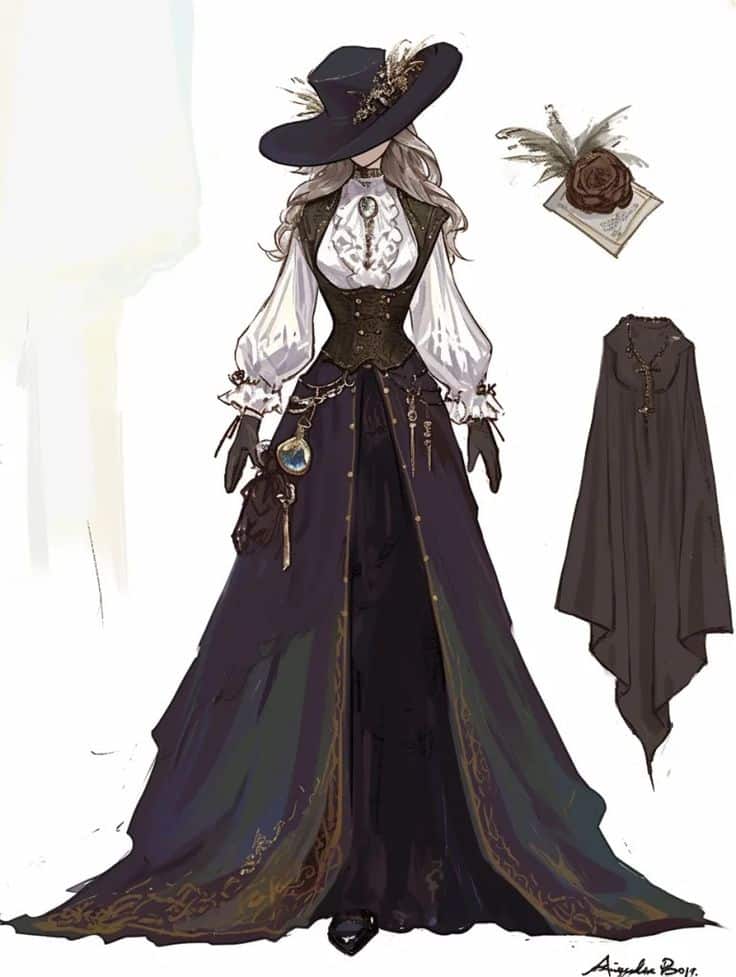
Drawing historical clothes means studying fashion from different time periods, such as Victorian dresses, medieval armor, or Roaring Twenties flapper gowns. Each era has unique features like silhouettes, fabrics, and patterns that tell about the time and place.
Artists who focus on historical fashion often research photos or paintings to get details right. Adding elements like buttons, lace, or ruffles improves realism. This approach sharpens attention to detail and helps understand how clothes reflect culture and history.
Cultural Clothing Designs

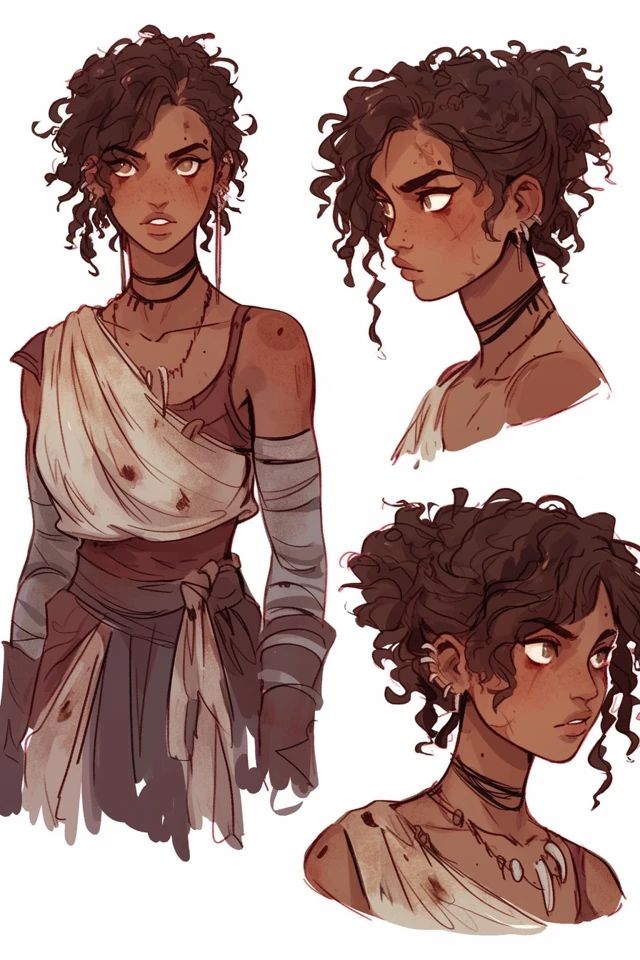
Clothing from various cultures offers rich diversity in shapes, colors, and meanings. Drawing traditional garments like the Japanese kimono, Indian sari, or African dashiki requires understanding the style’s symbols and how garments fit the body.
Artists should pay attention to fabric patterns, accessories, and how clothes are worn. These designs teach respect for culture and show different ways fashion expresses identity. Including vibrant colors or embroidery details can make sketches more authentic and striking.
| Style | Key Features | Drawing Tips |
|---|---|---|
| Fantasy & Cosplay | Armor, capes, magical elements | Mix materials, use bold colors |
| Historical Fashion | Era-specific silhouettes & details | Research references, focus on authenticity |
| Cultural Clothing | Traditional patterns & meanings | Study fabric, colors, and accessories |
- 2.1Kshares
- Facebook0
- Pinterest2.1K
- Twitter0

